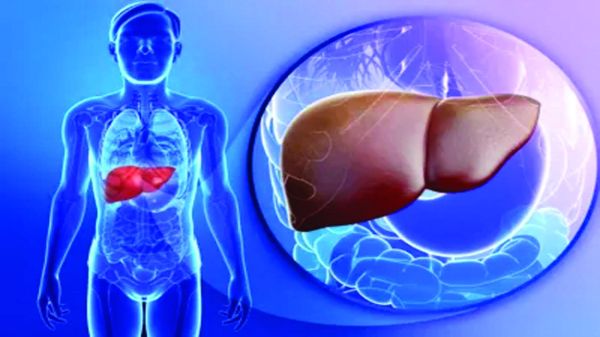
Scientists have created a new method to identify healthy and cancerous cells. Researchers at the University of Tokyo Metropolitan in Japan said on Saturday that they have found that the speed of without labeled cells can be used to explain whether they are cancerous or healthy. He observed the fatal fibrosercoma cells and healthy fibroblasts on a dish and found that they could be differentiated with accuracy up to 94 percent using trekking and analysis of their paths.
Actress Aishwarya Rajesh made a grand inauguration of Kanak Clothing Silks in Kukatpalli – A new heritage in Kanjeevaram Eligence, according to a study published in PLOS One magazine, can also throw light on tissue treatment, such as her technology cell mobility functions, beyond diagnosis. The team of researchers led by Professor Hiromi Mioshi found a way to track the cells using the opposite contrast microscopy, which is one of the most common ways to see cells. Also read – Samyukta Menon Inaugurated the first store of Nilanbhari Silks in Rao Nagar
The phase-contrast microscopy is completely label free, allowing cells to rotate close to its original state on the Petri dish, and the plastic is not affected by the optical properties of the Petri dish through which the image of the cells is created.
Through innovative image analysis, they were capable of removing the projection path of many individual cells. He focused on the properties of the paths taken, such as the speed of the migration, and how far the paths were, all these will encode the subtle differences in deformity and motion.
As a test, he compared healthy fibroblast cells, major components of animal tissue, and malignant fibrosarcoma cells, cancerous cells, which emerged from fibrous connective tissue. They were able to show that the cells were able to migrate in different ways, as the “path of turns” (the paths of the path were), how many condensed and they were in ahead Growed, depicted by. In fact, the sum of twist angles and how often they made shallow turns, including both, they could predict with an accuracy of 94 percent whether a cell was cancerous.
The team's work not only provides a new way of separating cancer cells, but also provides applications for research of any biological work based on cell mobility such as healing wounds and tissue growth.